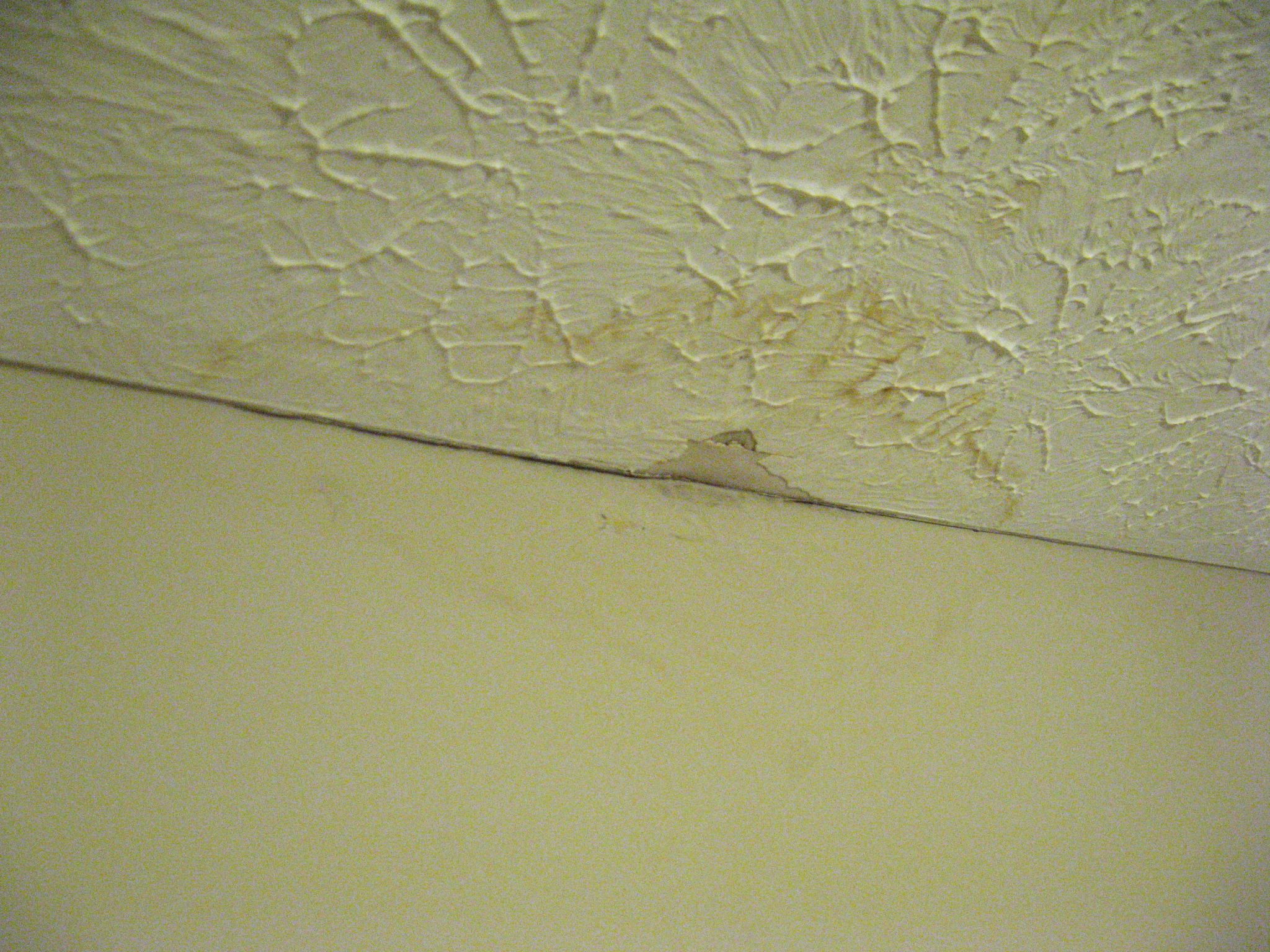Identifying and Fixing the Six Most Common Water Leaks in Your Home
Identifying and Fixing the Six Most Common Water Leaks in Your Home
Blog Article
Almost everyone has got their own thinking on the subject of How to detect water leaks in your home.

Leaks not just trigger waste of water but can additionally create unneeded damage to your house and advertise unwanted natural development. By understanding and looking for daily situations that create leaks, you can protect your house from future leakages and unneeded damage.
Trespassing origins
A lot of water leaks begin outside your house instead of inside it. If you see an unexpected decline in water pressure, claim in your tap, take some time to head out as well as examine your backyard. You might observe wet spots or sinkholes in your yard, which might indicate that tree roots are getting into water lines creating water to leak out. You can have your plumber check for intrusion, specifically if you have trees or shrubs near your building.
Corroded water systems
As time goes by, your plumbing system ages and corrosion such as corrosion might start gnawing the pipes. This might be the cause of discoloration or warping on your pipes. This asks for an evaluation with your plumber quickly. If our plumbing system is old, consider changing the pipelines considering that they go to a greater risk of corrosion than the newer designs.
Malfunctioning Pipeline Joints
The factor at which your pipelines connect is frequently the weakest link in the waterline. Pipe joints can weaken in time, causing water leakages. However, most of pipeline joints are not conveniently noticeable. If you have noisy pipes that make ticking or banging noises, particularly when the hot water is switched on, your pipeline joints are possibly under a great deal of pressure. It is recommended to have your plumber examine your system yearly.
Instant temperature level adjustments.
Severe temperature adjustments in our pipelines can trigger them to broaden as well as get suddenly. This growth and also contraction might create fractures in the pipes, particularly if the temperature level are below freezing. It would certainly be best if you watched on just how your plumbing works. The visibility of the previously mentioned circumstances regularly suggests a high risk.
Poor Water Connectors
At times, a leak can be triggered by loosened hose pipes and also pipes that supply your devices. In instance of a water connections leak, you might notice water running directly from the supply line or pools around your appliances.
Blocked Drains
Clogged drains pipes could be frustrating and inconveniencing, however they can occasionally end up triggering an overflow resulting in break pipes. Keep eliminating any kind of materials that may drop your drains that might obstruct them to avoid such hassles.
All the above are sources of leaks but not all water leakages arise from plumbing leakages; some leaks might come from roof covering leaks. All leaks must be fixed instantly to prevent water damages.
Leakages not just create waste of water however can additionally create unneeded damage to your home and promote unwanted natural development. By looking and understanding for daily circumstances that trigger leakages, you can shield your residence from future leakages and also unneeded damages. Today, we will look at 6 leakage causes that may be causing your pipes to leak.
At times, a leak can be triggered by loosened tubes and pipes that supply your home appliances. In situation of a water connections leakage, you may notice water running directly from the supply line or pools around your appliances.
How To Check For Water Leak In Your Home
How To Check for Leaks
The average household's leaks can account for nearly 10,000 gallons of water wasted every year and ten percent of homes have leaks that waste 90 gallons or more per day. Common types of leaks found in the home are worn toilet flappers, dripping faucets, and other leaking valves. These types of leaks are often easy to fix, requiring only a few tools and hardware that can pay for themselves in water savings. Fixing easily corrected household water leaks can save homeowners about 10 percent on their water bills.
To check for leaks in your home, you first need to determine whether you're wasting water and then identify the source of the leak. Here are some tips for finding leaks:
Take a look at your water usage during a colder month, such as January or February. If a family of four exceeds 12,000 gallons per month, there are serious leaks.
Check your water meter before and after a two-hour period when no water is being used. If the meter changes at all, you probably have a leak.
Identify toilet leaks by placing a drop of food coloring in the toilet tank. If any color shows up in the bowl after 10 minutes, you have a leak. (Be sure to flush immediately after the experiment to avoid staining the tank.)
Examine faucet gaskets and pipe fittings for any water on the outside of the pipe to check for surface leaks.
Undetected water leaks can happen without the home or business owner even realizing. If you suspect a water leak, but not able to find the source. It is time to contact a professional water leak detection service, The Leak Doctor.
How To Find a Water Leak In Your Home
https://www.leakdoctor.com/blog/How-To-Check-For-Water-Leak-In-Your-Home_AE197.html

I was brought to that report on Top Causes of Home Water Leaks from a good friend on our other web blog. Don't hesitate to take the time to distribute this page if you enjoyed reading it. We take joy in reading our article about How Fast Water Damage Can Ruin Your Home.
Get A Quote Report this page